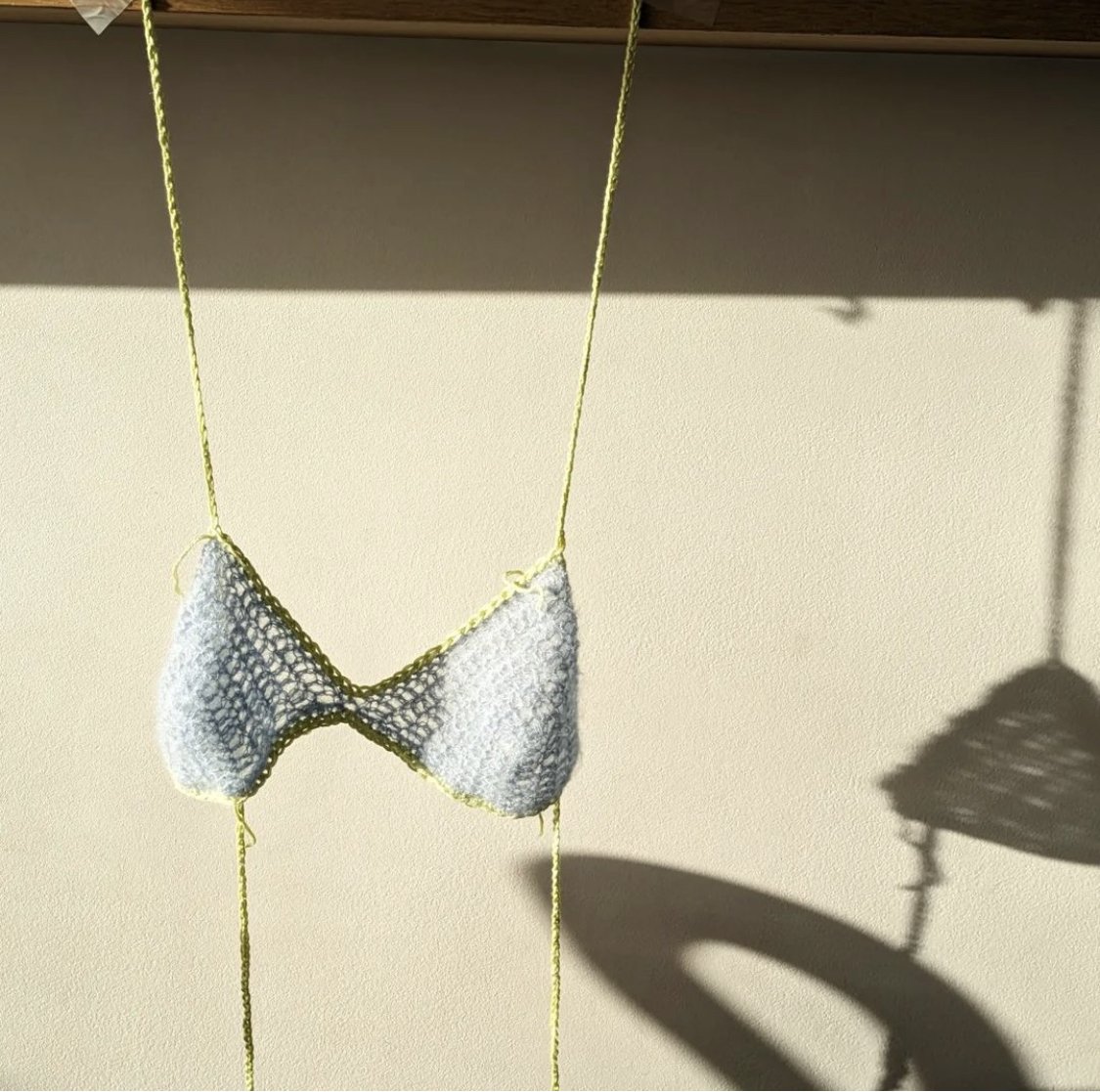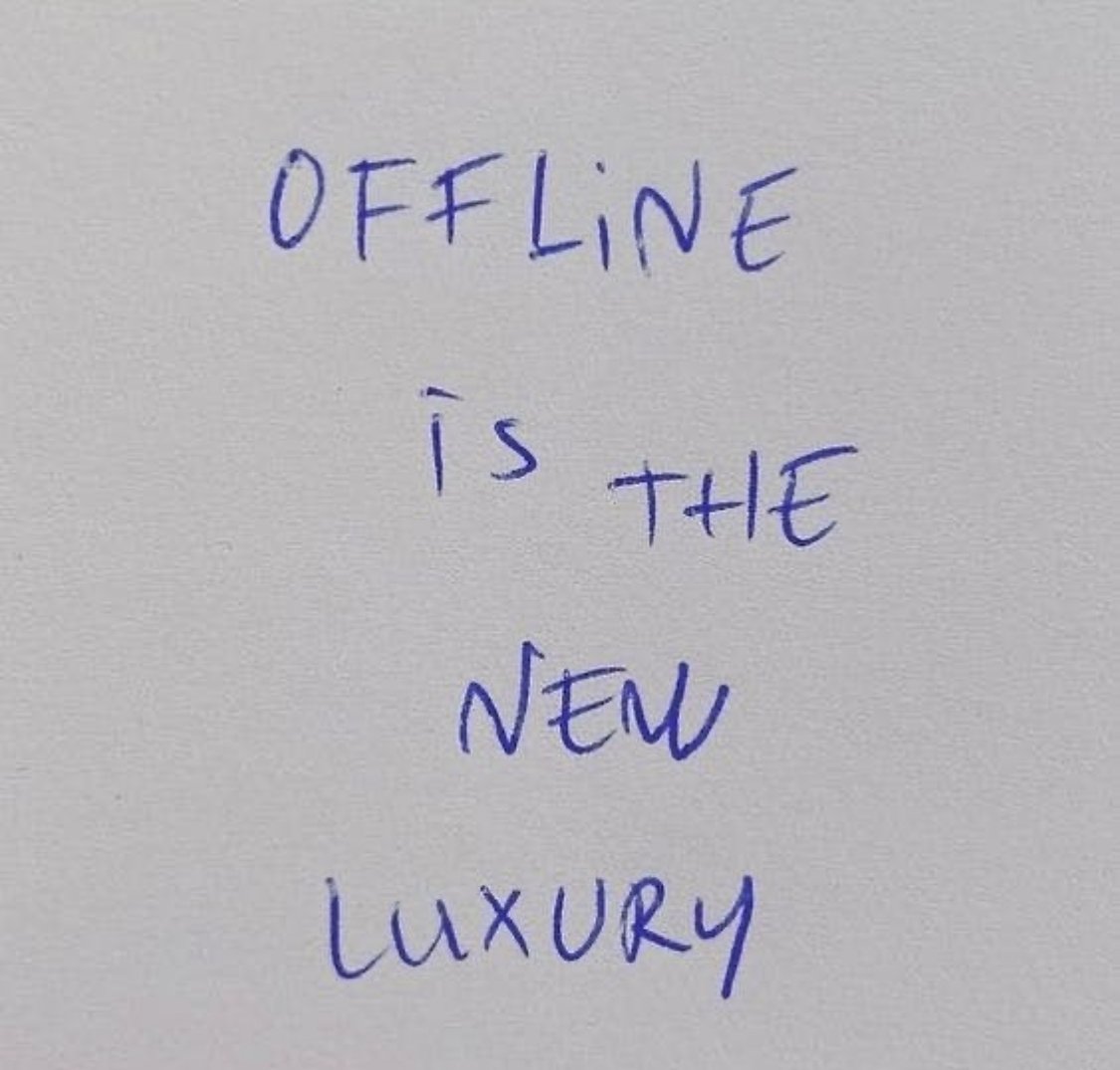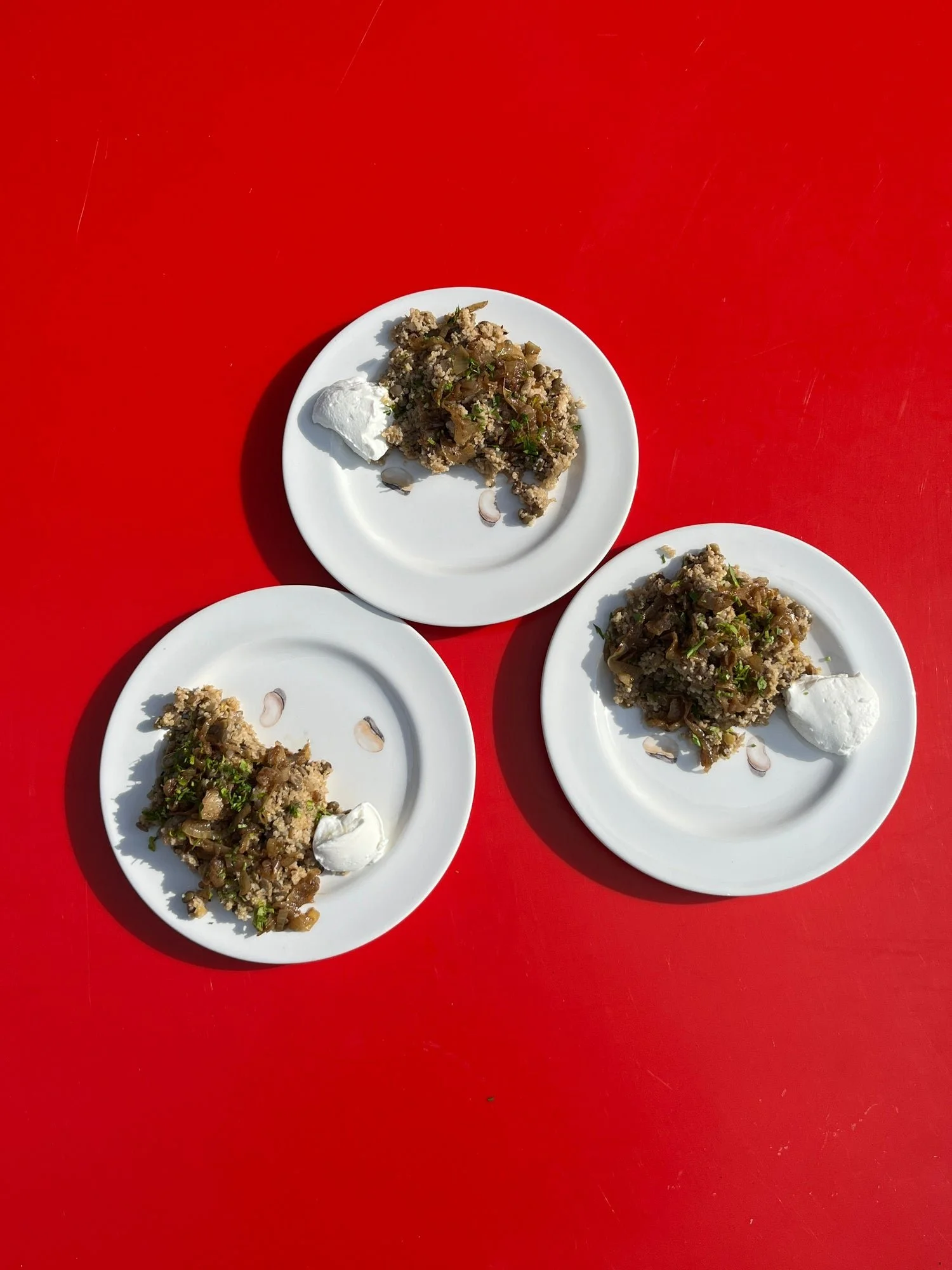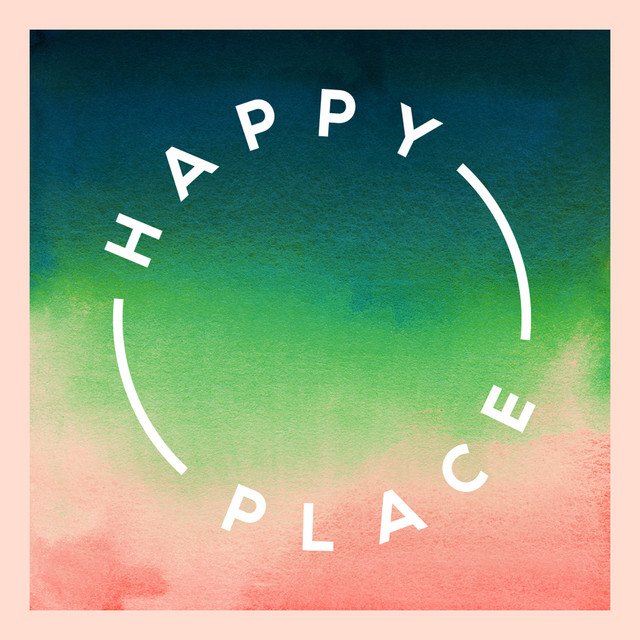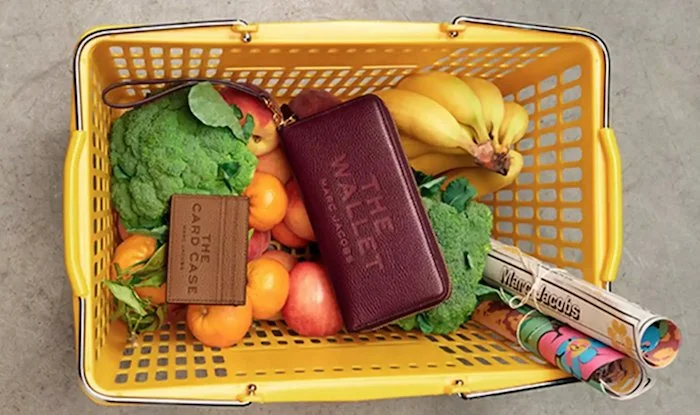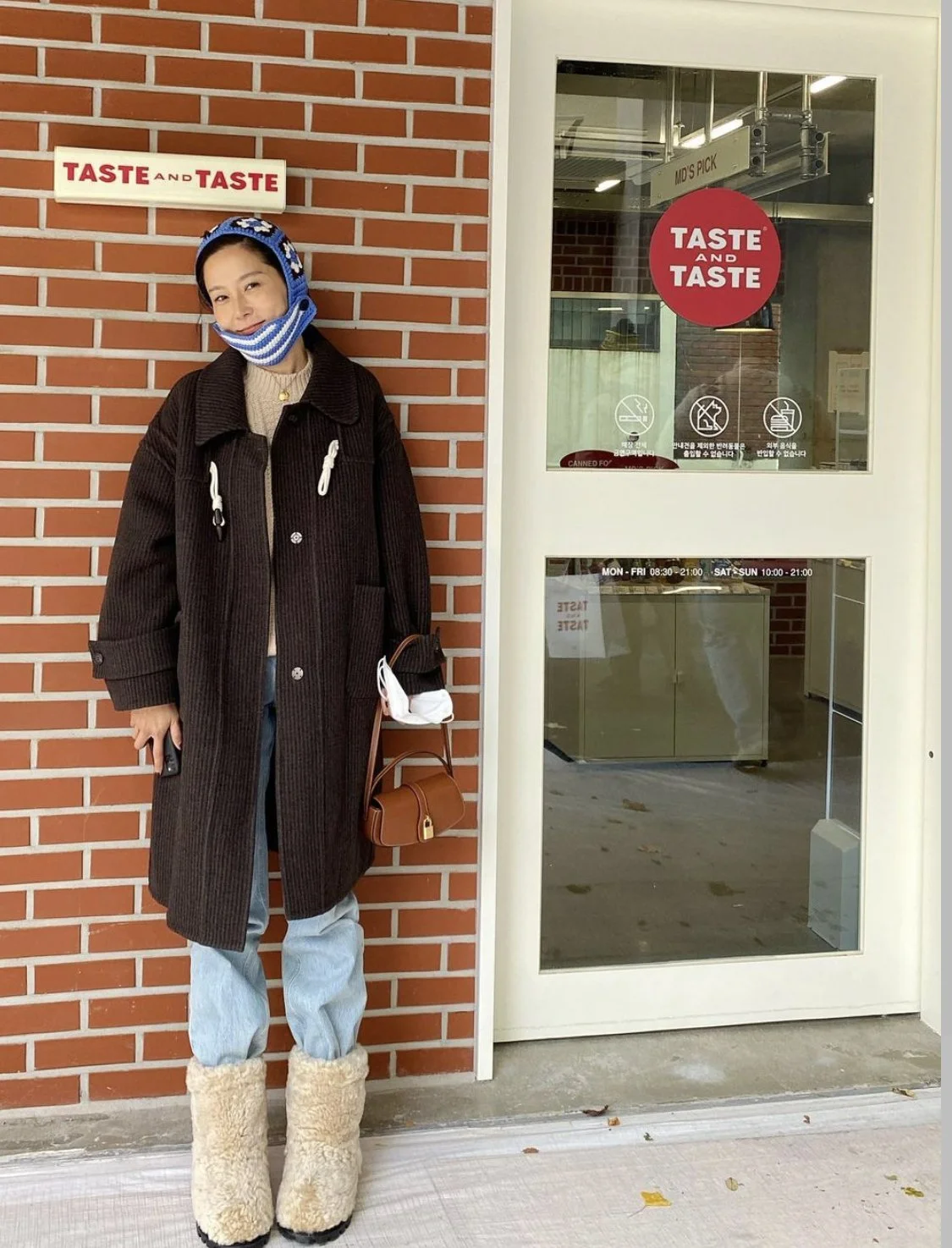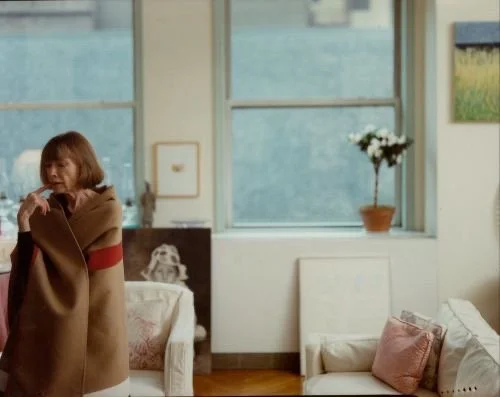5 Ways To Living Slowly
credit: @mediterranean_diary
by Elena Chen
As different countries seem to be turning towards a new normal after the last several years of the pandemic, we are being invited back to the outside and our offices and routines have to be reacclimated to. We may have fostered certain hobbies or habits that we would like to maintain during this shift. One of the biggest responses to measures of lockdown and having much, much less to do has been this return to a slower, more simplistic way of life. Here are five ways that we think you can keep living that slow life, or introduce it into your current lifestyle:
shop The Sill
HOUSEPLANTS
These organic beings have never failed to capture our attention. Humans have been farmers for as long as we know, and bringing nature into the household can only serve to remind ourselves of that connection we have to the outside world but also that we too, have something we can nurture. Houseplants come in such a variety with diverse needs and appearances that picking one out can be a moment of excitement. As you tend to the weekly needs of this living, growing part of nature, you too, in every watering, fertilization and replanting, grow a little more attentive to the small changes. A new leafling, a new sprout, a change of color or height. You start to relish in the small things, and life becomes, right in front of your eyes, much more meaningful despite its slow movement, because you get to be a part of it.
credit: @crochetc._
KNITTING + CROCHET
With the expanding slow fashion movement, people are learning to be more conscious of what they choose to support with their purchasing power. During COVID, what was once considered a craft reserved for grandmothers on rocking chairs has now reemerged as a creative artform and practice for those who have an interest in slow fashion, handmade crafts or design (or all of the above!). The abundance of learning materials online have made this craft nearly accessible to all. Every piece is crafted from single stitches woven together. For a return to slower living, why not try making something on your own? With some yarn and a few needles, you can create almost anything — garments, home decor, accessories, blankets…— it's a whole world of living slowly to escape into, creatively.
credit: Thomas Lelu
credit; Girlfriend Collective
EXERCISING
The scientific evidence on the benefits of exercise is sound and plentiful. We are not hard pressed to come by articles reporting how much good exercise can do for our bodies and minds. Carving out time to do daily exercise that is not extreme or overly strenuous can be useful to providing a healthy routine. Whether it’s running, yoga, or lifting weights, exercise can be calming and stress relieving. Away from the overstimulation of information and distractions emanating from our screens, exercise can be a way to stay grounded in our bodies, living with awareness of the way we move our muscles, and staying present.
credit: Gohar World
HOME COOKING
As an activity that we have to engage in multiple times, daily, food and eating has long been a subject of anthropological study and scientific research. What we can do to live life more slowly, is to actually immerse ourselves in the process of preparing and making our own food. By being a part of that process, we become aware of the nutritional value of ingredients as well as the technical skills of cooking. We ritualize the experience of preparing and eating a meal. Instead of ordering takeout or heating up pre-packed food, we connect with the food in front of us. We learn about where it comes from and how we’ve been a part of the process of making it delicious. There’s also something so satisfying about completing a semi-chemistry-semi-artistic project, daily, and to be able to share it with others. Even if you’re cooking for one, there’s still the joy that awaits you of eating the scrumptious food you’ve prepared. Yes, it takes more time, but that’s the point. To live slowly is to do things with more intention, and to not feel like we have to cram a billion things into a day. To live slowly is to just savor the few things we have to do, but we get to do well.
PODCASTS
Last but not least, a habit that we could try to introduce or maintain would be listening. Whilst it might have been wise to suggest reading as the final item, I myself find the practicalities of reading quite difficult. I don’t have a commute that I can read on or sectioned off parts of the day where I am sufficiently focused to read during. What I have been finding useful though, is listening to podcasts while I walk or bike or cook or stretch or water plants. The reading voice is paced and consistent and the content is naturally engaging because it’s what I picked out to learn about. Perhaps it’s not entirely feasible to return to a romantic vision of slow living, since we do have to be realistic about the distractions and demands of the modern world. Emails and messages and notifications bombard us so often. Visual intake of information through reading might be harder to do in these circumstances where we are so often taken away by visual information. So my recommendation is podcast listening. Pick a podcast you like, about a topic that fascinates you, and see how you feel about it. It might just make things feel like it’s going a little slower, a little better paced, and you calmer along with it.



